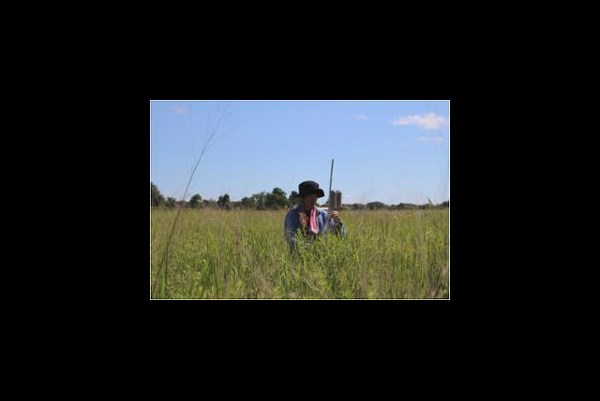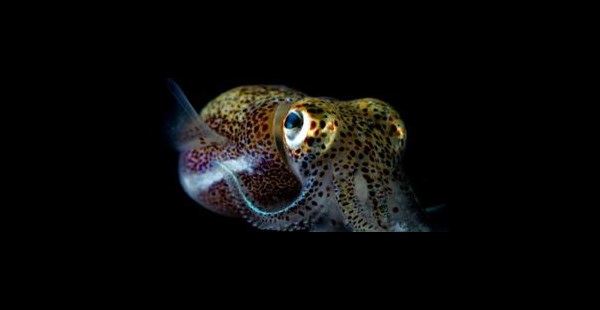The gut microbiome has made a huge splash in human health with numerous products popping up promising vast benefits to everything from a healthy digestive system to better mood regulation. But humans aren’t the only ones partnering up with viruses, bacteria and fungi. Researchers at Michigan State University are peering into the dazzling world of microbiomes in plants and animals, searching for keys to a healthier world.
Carolyn Malmstrom, an associate professor in the Department of Plant Biology, is one of several researchers in MSU’s Ecology Evolution, and Behavior Program exploring how wildlife interacts with microbes. She studies how the changes humans make to landscapes influence plant interactions with microbes, particularly viruses, and the emergence of pathogens. Despite how human infrastructure has broken up natural landscapes, “microbes can still flow between urban, natural and agricultural areas.”
While we often think of viruses as pathogens,” said Malmstrom, who is also an MSU AgBioResearch faculty member, “the majority of plant viruses are not super pathogenic, but we notice the ones that are pathogenic because they can affect crop production” and thereby human health. Plant viruses can change the way plant genes are expressed and alter the chemistry within the host, which can affect the way insects and other herbivores interact with plants.
A notable example published in the journal Intervirology describes a plant virus that protects its host from being eaten by rabbits by altering the plant’s chemistry in a way that makes it taste much less appetizing. After all, she said, viruses can “knit together the tree of life in ways we don’t always appreciate.”
Elizabeth Heath-Heckman is an assistant professor in the Department of Integrative Biology studying a luminescent bacteria species called Vibrio fischeri that lives inside the Hawaiian bobtail squid. The squids have a light organ that sits just above their ink sac that glows with the help of these bacteria. The light organ aids in a camouflaging behavior called counter-illumination, which helps the squids avoid being spotted by predators swimming below them by disguising their silhouette against the bright surface of the water. This is an ideal set-up to study how bacteria affect the physiology and development of a host because it’s highly manipulable.
To read the full story, visit natsci.msu.edu

